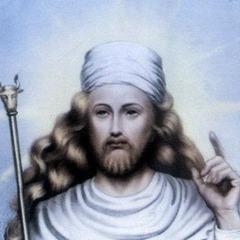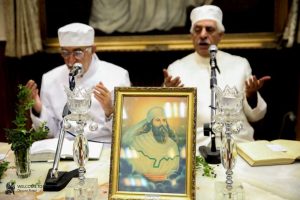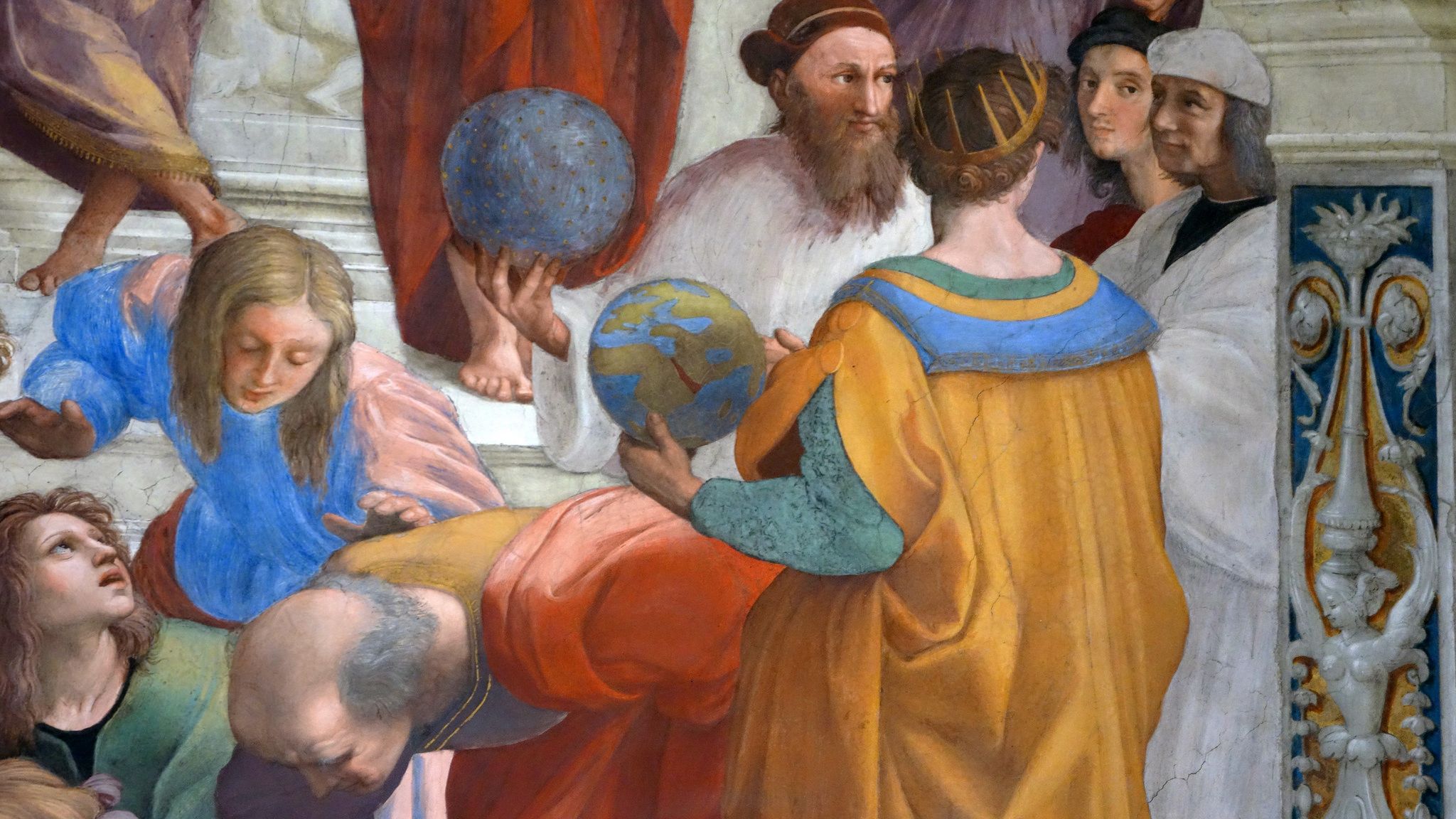Yoga is one of the oldest physical disciplines in existence, aged at over 5,000 years old.
In recent years, yoga vacations have gained popularity for those wanting to mix their love of yoga with their love of traveling. The best yoga retreats in the world are often located in the most popular countries in the world.
Ready to go? Here are the top 5 best yoga vacations in the world.
Rishikesh, India
The origin of yoga came from the country of India, so it is only right to take a yoga vacation to this popular country.
With a mystical atmosphere and the guidance from the greatest gurus and famous yoga instructors, India is an amazing choice for those wanting a yoga vacation they will never forget.
Rishikesh, India is located along the Ganges River in northern India. Many teachers and travelers make the trip to see the birthplace of yoga in this holy town. Here you can learn ancient traditional Hatha and Ashtanga Yoga and emotional re-balancing and naturopath techniques.
Considered the yoga capital of the world, Rishikesh is a must on your yoga vacations bucket list.
Mallorca, Spain
Spain is one of Europe’s most popular countries for yoga vacations. The sunny weather brings yoga lovers in all year-round.
Mallorca offers many types of yoga retreats including some on the beach, and even in the water on a paddleboard.
Perhaps the most popular training in this Gothic landmark is their multi-style training. The program was originally developed in India and brought to Spain. This practice focuses on authentic Indian yogic philosophy and helps bring regular yoga practice to the next level.
Koh Phangan, Thailand
Thailand is known for its good vibes, a place where you can go to instantly feel peace and joy due to it being a mainly Buddhist country. Also known as the Land of Smiles, Thailand is a must for those looking for yoga vacations.
Koh Phangan is an island located in southeast Thailand known for its beautiful landscapes. This view is perfect for the backdrop of your yoga session.
One of the most popular yoga vacations is offered in Koh Phangan, a beginners course for those wanting to expand their knowledge of yoga. Here you can learn the fundamentals, deep immersion into asanas, pranayama, bandhas, mantras, mudras, chakras, and 8 limbs of yoga while on a beautiful white sand beach.
Costa Rica
As one of the most biodiverse countries in the world, with two oceans, volcanos and rainforests, Costa Rica has become one of the most popular countries for yoga vacations. Practicing yoga while being one with the beautiful nature scene in Costa Rica is why people from all over come for yoga retreats or training.
Retreats in Costa Rica not only teach yoga, but you can study medicinal plants, local ecology, permaculture, and conservation.
Ubud, Bali
Bali brings the curious yoga traveler right to the jungle. Nested above a sacred holy river and across from the powerful Balinese Temple, Ubud, Bali is one of the best places for yoga vacations.
The “Island of the Gods” gives you a one of a kind yoga experience and training. This course allows you to explore the essence of meditation, pranayama, asanas, manta, and more. Those looking to teach yoga will learn how to skillfully and compassionately during a deep inner transformation that will change your life.
Experience a unique and affordable yoga vacation in Ubud, Bali.
Take a Yoga Vacation This Year
Let the love of yoga take you on a magical journey!
What are you waiting for? Book your trip to one of the best spots for an amazing yoga vacation!


 Philosophy
Philosophy